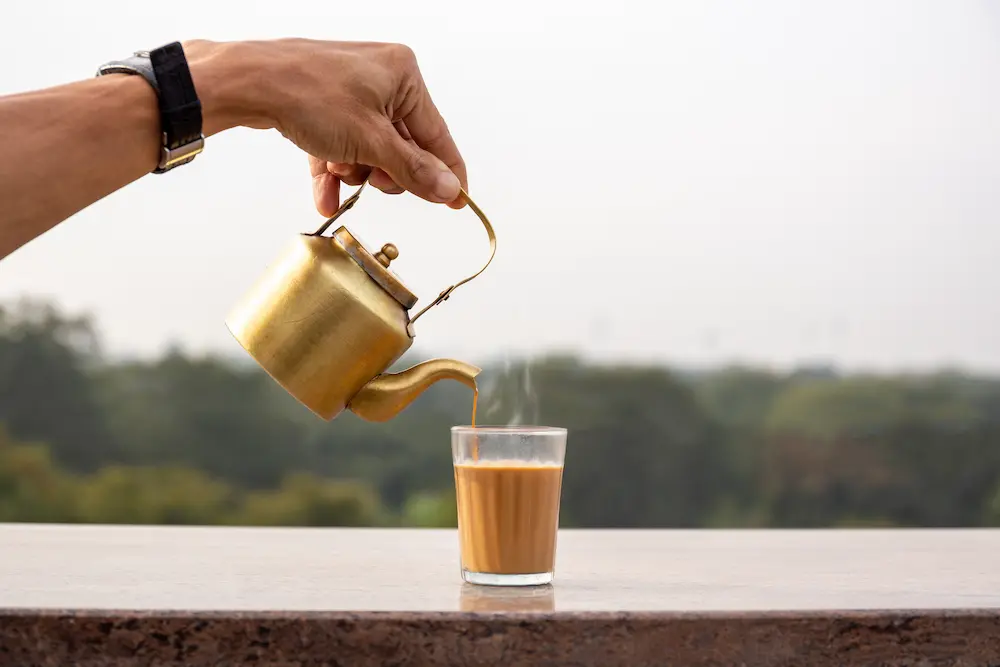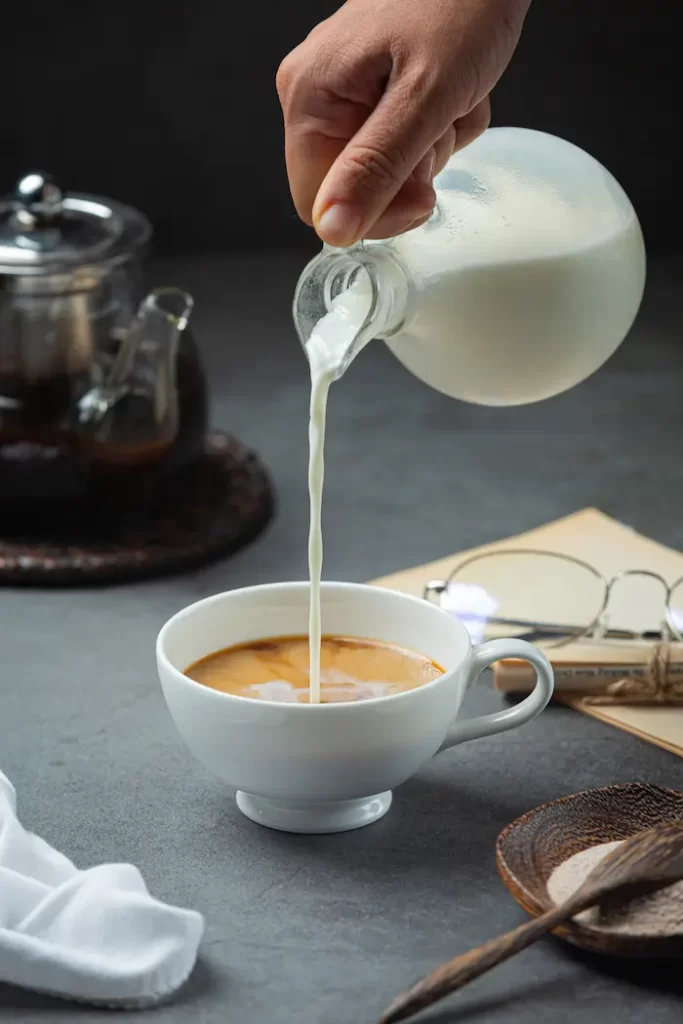Tea, a magical elixir steeped in history, has bewitched the world, with India at the forefront of this aromatic affair. Nestled in the verdant hills and bustling streets, the tale of India’s tryst with tea unfolds—a narrative that transcends time, culture, and continents.
The Dance of Leaves: Tea’s Mysterious Arrival
Tea’s origin whispers in the ancient corridors of Chinese medicine, where it was first brewed as a medicinal concoction. The Mandarin word “cha” for tea echoes through the centuries, finding a home in Hindi and many Indian languages. Yet, India’s introduction to tea is a tale veiled in myths.
In the epic Ramayana, tea makes a cameo, a rare gift offered to King Dasharatha. Another legend follows the footsteps of a Buddhist monk, Bodhidharma, who brought tea to India in the 6th century AD. As the story goes, Bodhidharma, seeking enlightenment, used tea to stay awake during meditation, leaving an indelible mark on Indian soil.
However, the most accepted version traces tea’s roots to the British, who, in the 17th century, craved the Chinese elixir. Facing a trade deficit and a Chinese monopoly, the British decided to cultivate tea in India, birthing a legacy that would alter the global tea landscape.

Cultivating Euphoria: The Blossom of Tea Plantations
The British encountered a stumbling block when trying to grow Chinese tea on Indian soil. Nature, however, had a remedy—Camellia sinensis assamica, a native tea variety thriving in Assam’s embrace. With this discovery, the British adorned the Indian landscape with tea plantations in Assam, Darjeeling, Nilgiri, and Kangra.
This newfound love for tea birthed an industry, but not without its dark shadows. Local labourers, especially the tribal communities in Assam, bore the brunt of harsh conditions, low wages, and British exploitation. Despite this, the tea industry burgeoned, making India the world’s largest tea producer by the late 19th century.

Chai: More Than a Beverage, a Culture
In India, tea is not just a drink; it’s an intimate companion to life’s every nuance. Enter masala chai, a spiced symphony of black tea, milk, sugar, and an ensemble of spices. Served in small clay cups called kulhads, masala chai is a ubiquitous presence, adorning street stalls, cafes, and homes alike.
Black tea, known as English tea, takes the stage with a more refined presentation. Preferred by the elite, it carries the echoes of British colonial influence. Other tea varieties—green, white, oolong, herbal, and iced—reflect regional, cultural, and personal preferences, each a chapter in India’s diverse tea narrative.
Tea’s Global Influence: Brewing Change Beyond Borders
Beyond India’s borders, tea has been a silent protagonist, shaping global trade, sparking revolutions, and weaving into the cultural fabric of nations. It has fueled economies, driven political movements, inspired art, and contributed to the health and well-being of millions.
Tea in India has played a pivotal role in the global trade landscape, becoming one of the world’s most valuable commodities. Its journey has not been without strife—wars and revolutions, from the Opium Wars to the Boston Tea Party, bear testament to tea’s potent influence.

In social and political movements, tea has been a voice of resistance and a catalyst for change. Movements like Swadeshi, Quit India, and the Tea Party have leveraged the symbolism of tea to voice opinions and demands.
In art and literature, tea has been a muse, featured in paintings, sculptures, poems, novels, and films. Renowned artists and authors, from Raja Ravi Varma to Rabindranath Tagore, have paid homage to tea in their creations.
Tea’s impact on health and wellness is profound. A remedy and a tonic, it has found a place in traditional practices like Ayurveda. From treating ailments to enhancing overall well-being, tea has become a lifestyle and a philosophy.
In the Steep of Time: A Timeless Legacy
Tea is more than a drink; it is a legacy, a culture, and an influence. India’s tryst with tea, painted with history’s hues, spans a rich tapestry. As India continues to sip its way into the future, tea remains a symbol of connection, contribution, and cultural pride—a testament to the joy found in a simple cup of delight.
If you aspire to create a tea that leaves your guests craving for more, a well-built kitchen is imperative. As exemplary restaurant design consultants, HPG can help you construct kitchens that meet your culinary needs and reach new heights.